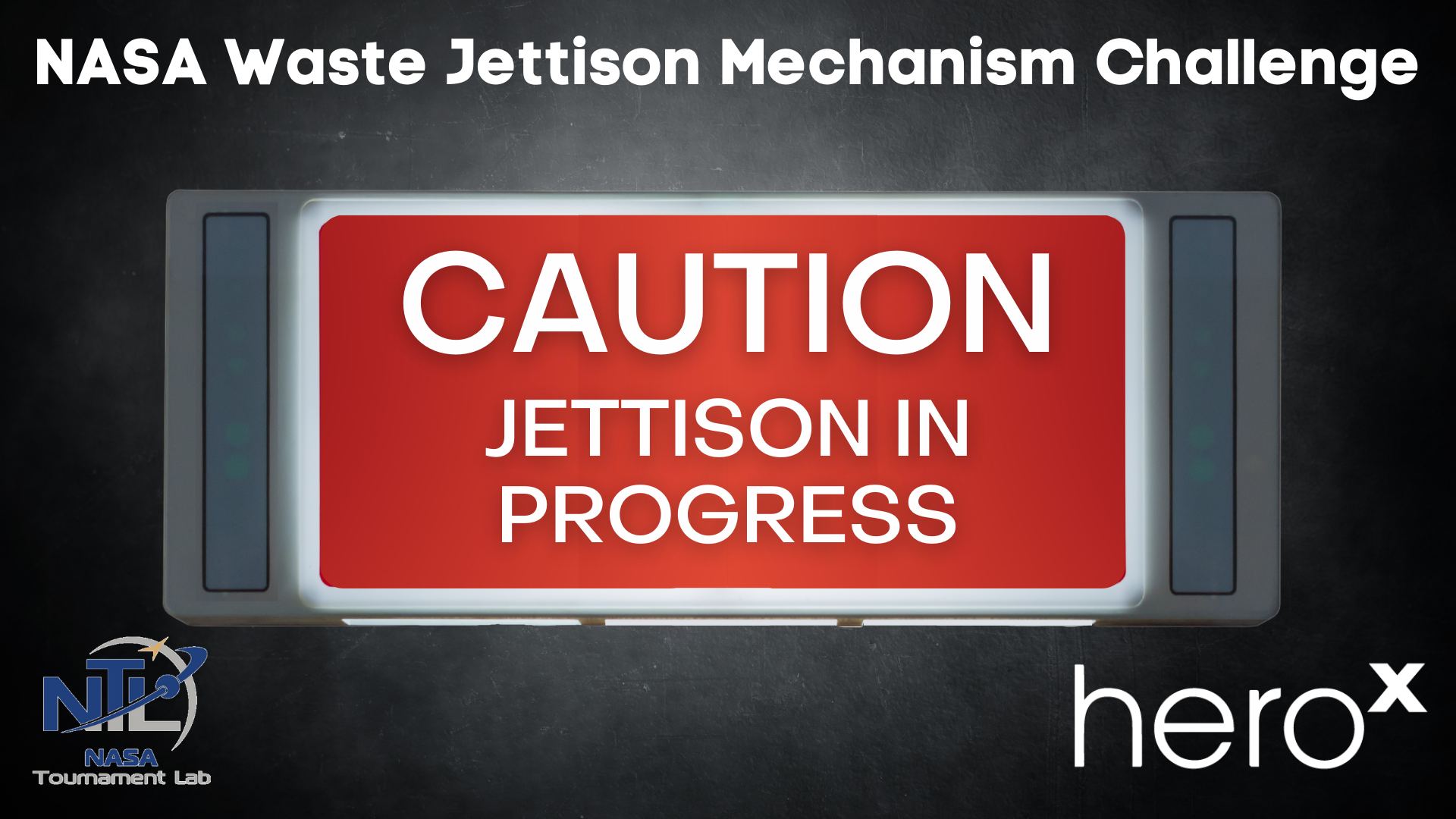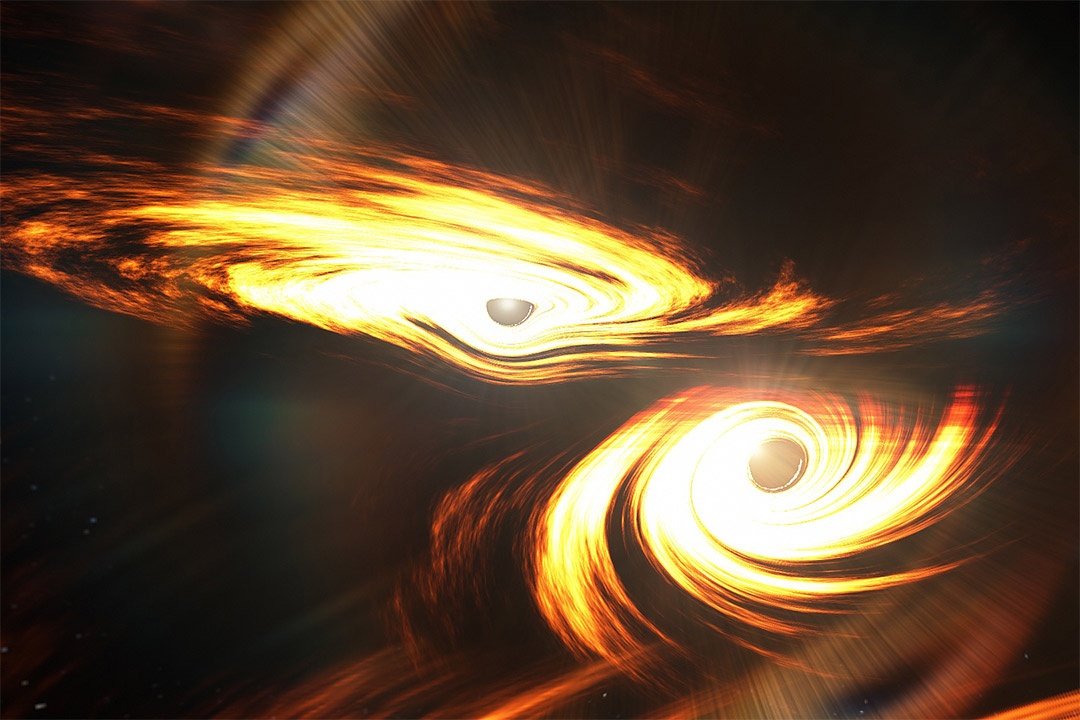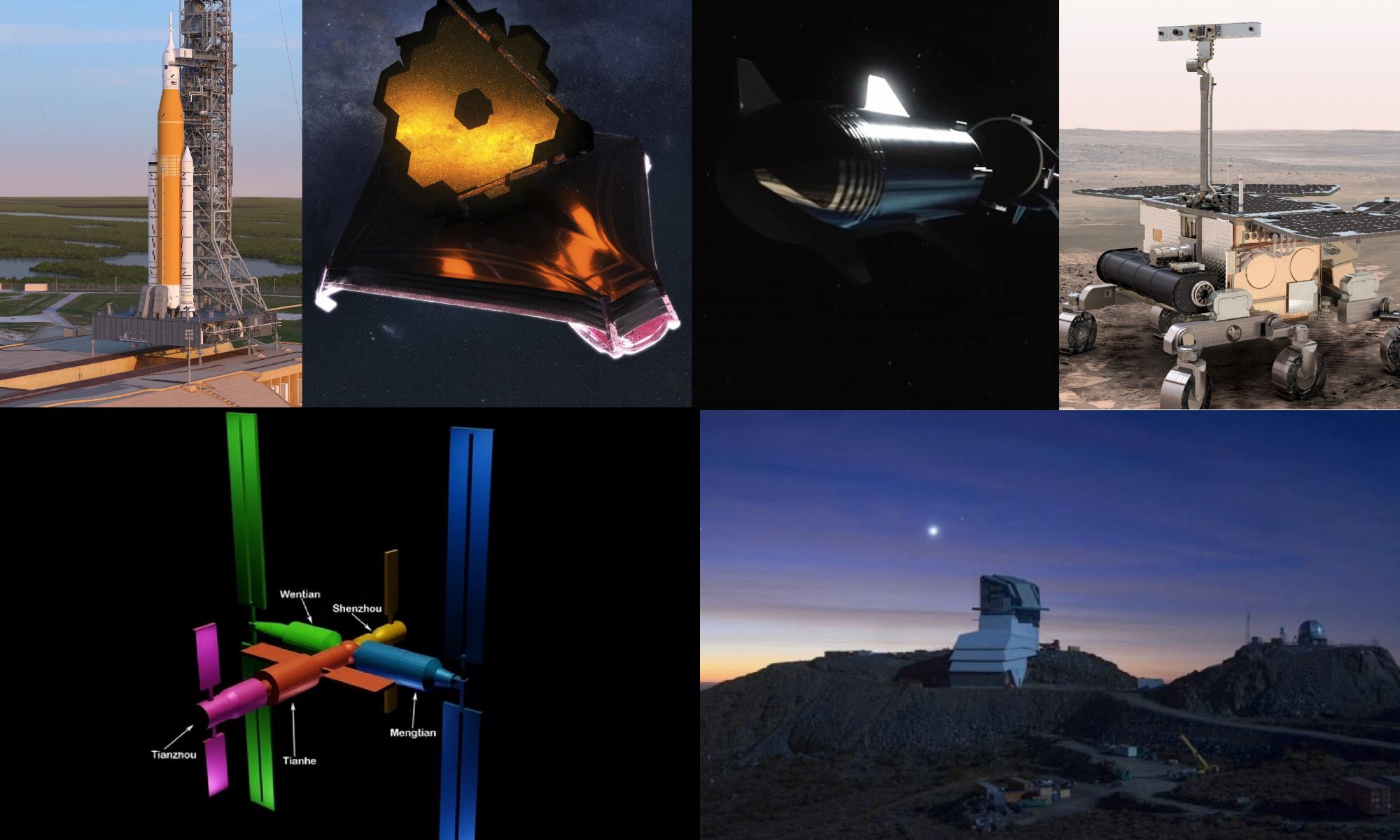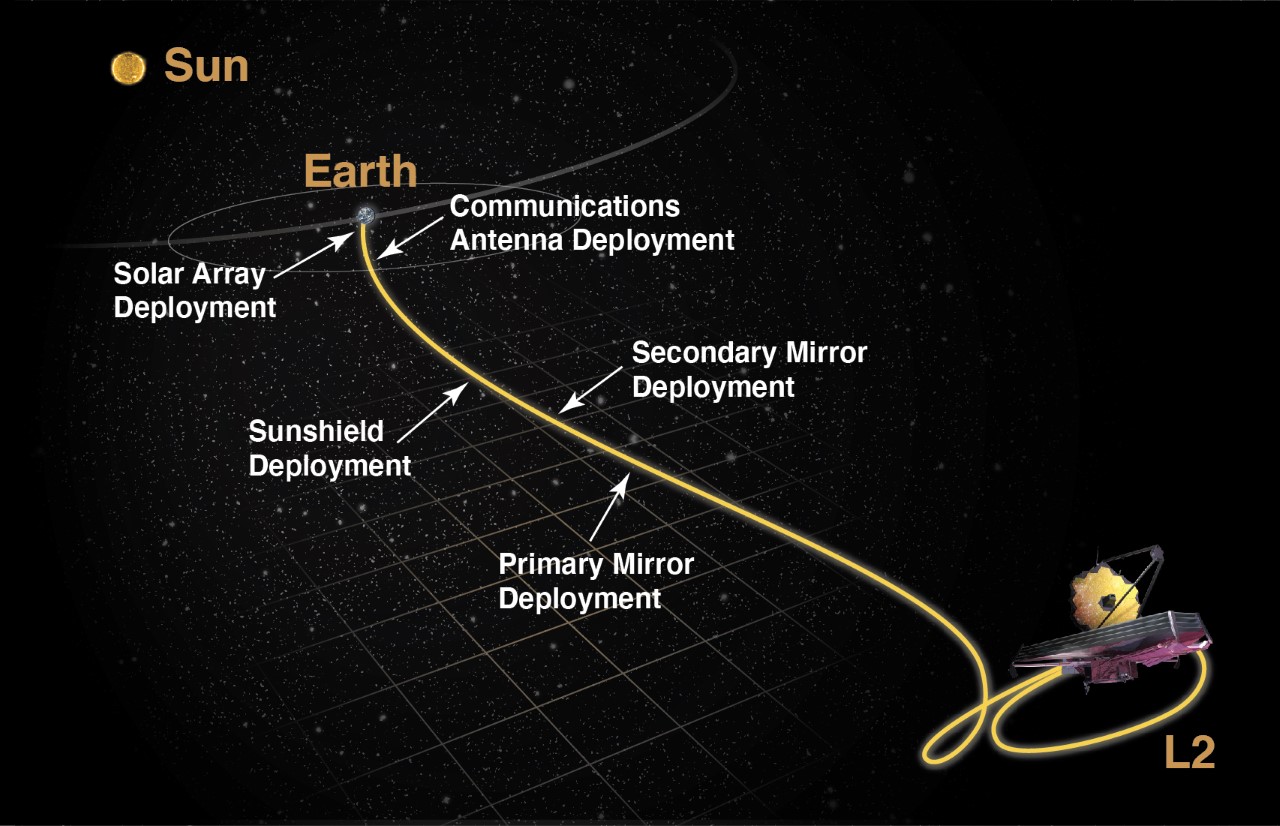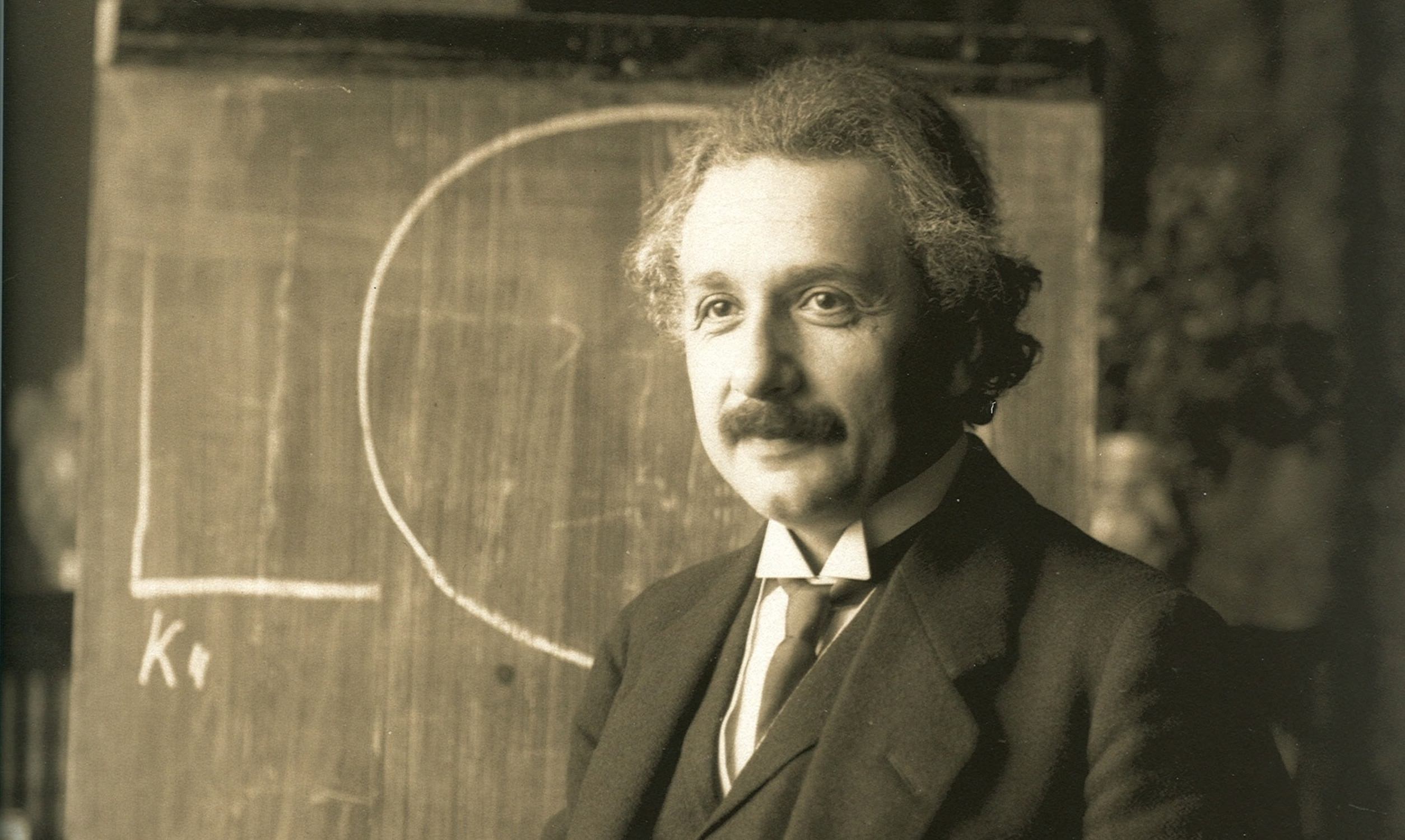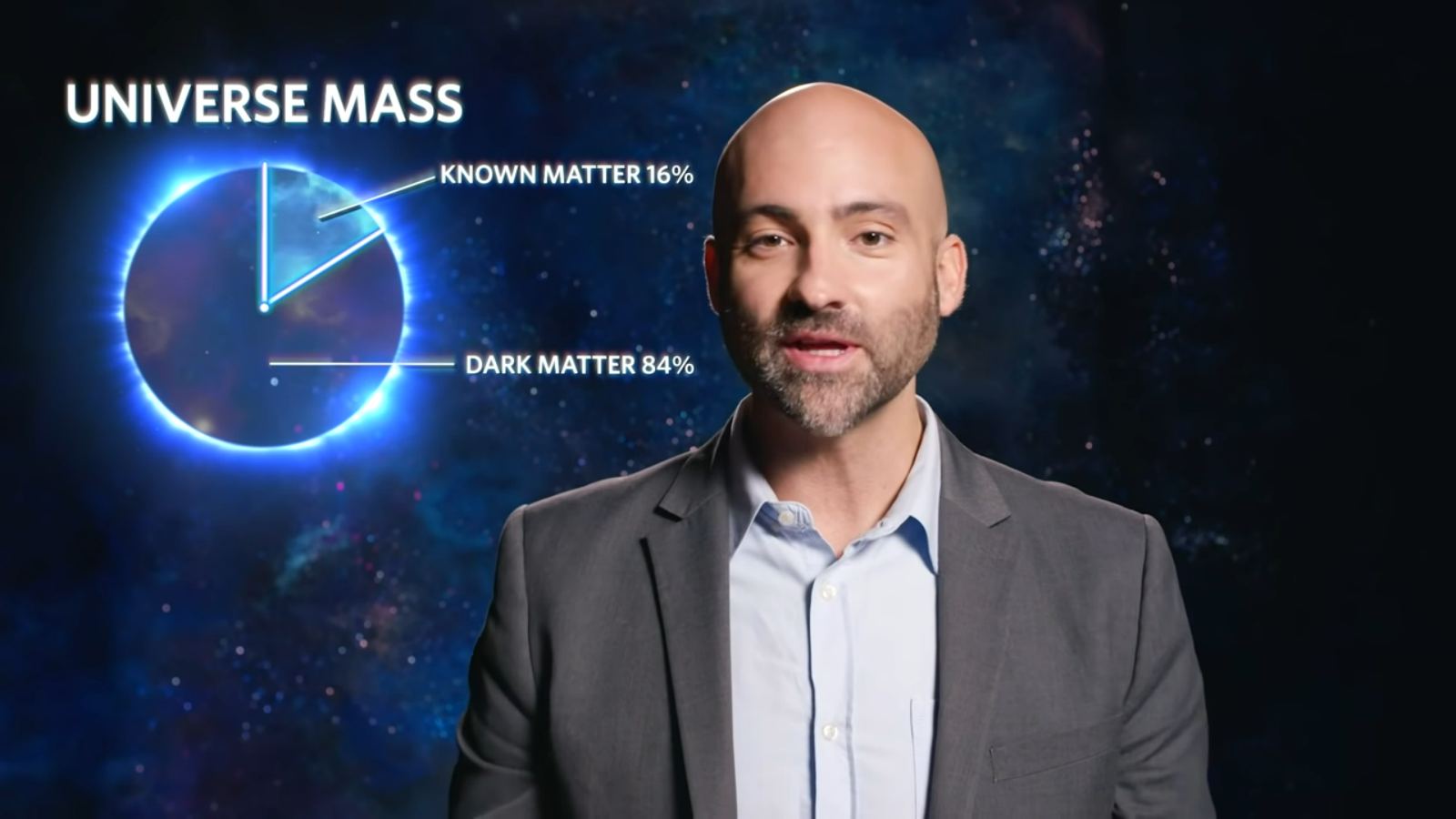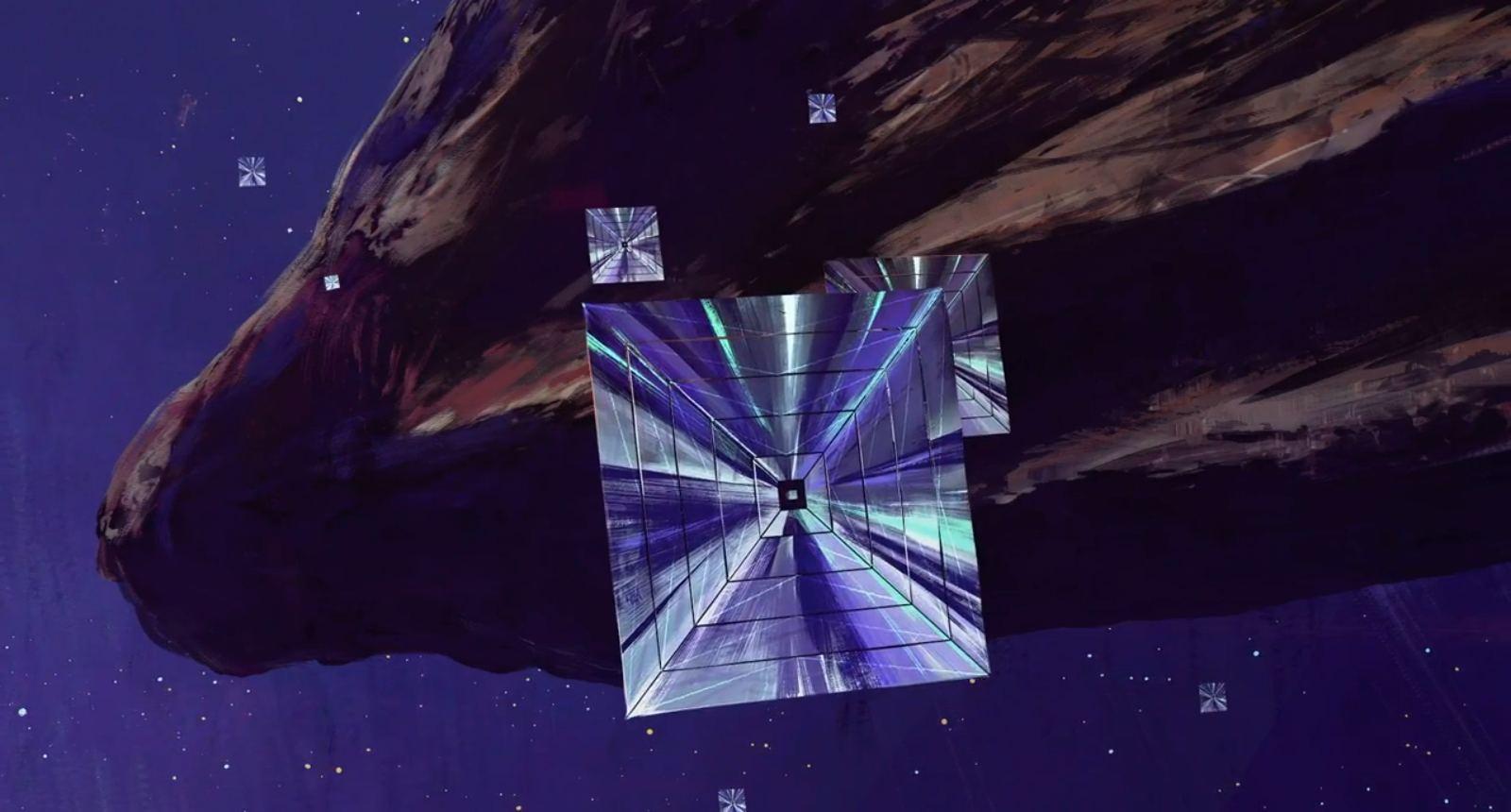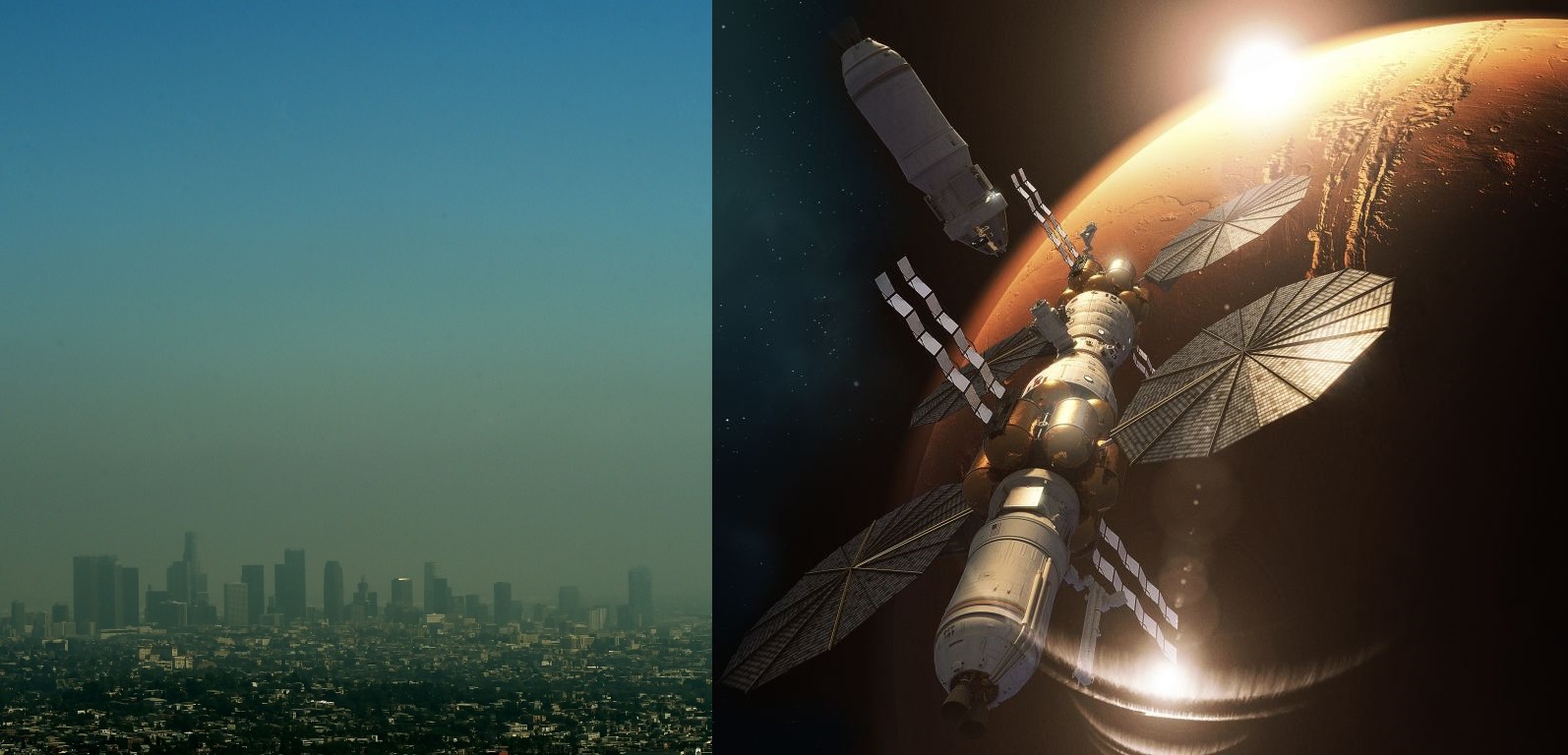Space agencies worldwide have some very ambitious plans that will take place in this decade and the next. For starters, NASA and its agency and commercial partners plan to return to the Moon for the first time since the Apollo Era. Beyond that, they also intend to build the infrastructure that will allow for a “sustained program of lunar exploration,” such as bases on the surface and the Lunar Gateway. Once all of that is in place, NASA will be contemplating sending crewed missions to Mars.
This raises many challenges, including logistics, energy requirements, and the health and safety of astronauts. One crucial concern that is not often thought of by the general public is what to do about the waste generated along the way. To address this, the NASA Tournament Lab (NTL) has partnered with HeroX once again to launch the NASA Waste Jettison Mechanism Challenge. With a prize purse of $30,000, NASA is seeking solutions for safely and effectively jettisoning waste that cannot be recycled.
Continue reading “NASA and HeroX Want Your Ideas for How to Deal with Space Waste!”
